-
GeneralGeneral
-
Breast Health Homepage
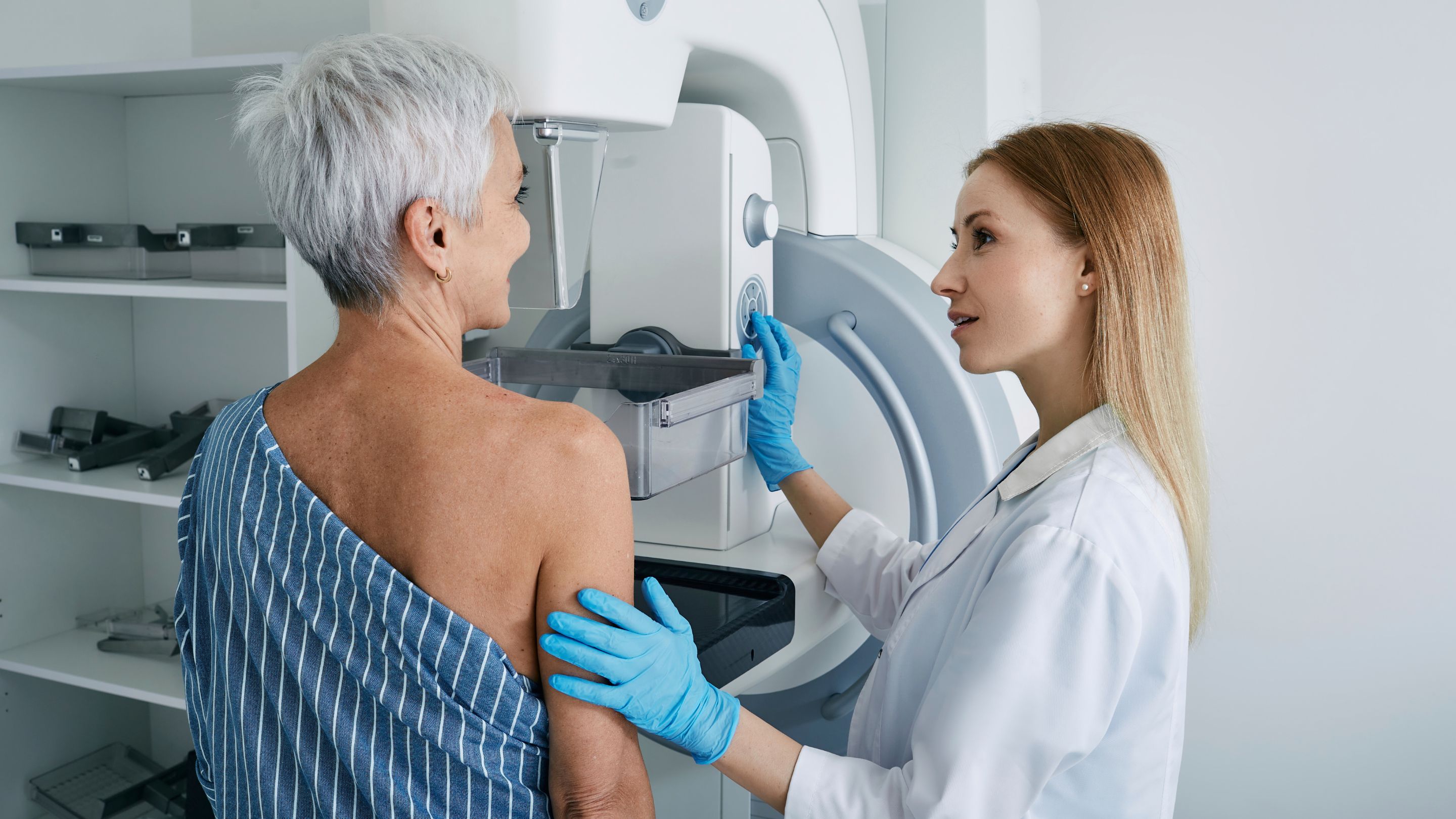
This Breast Health introductory course provides foundational theoretical and practical knowledge and skills including how to provide effective counseling regarding breast health. All components of this training are free, including registration, learning, testing, and a certificate of completion. This course is intended for physicians, nurses, and allied health professionals in training and in practice.
This Breast Health course was developed in partnership with the University of Florida through the affiliation of the course creator, Maryam Sattari, MD, MS, Associate Professor of Medicine, Division of General Internal Medicine. Like all NextGenU courses, this course is competency-based and uses adapted Breast Health competencies outlined in Educational Objectives: Core Curriculum in Obstetrics and Gynecology, 10th Edition (designed by affiliates of the Education Committee of the Council on Resident Education in Obstetrics and Gynecology (CREOG)). It also uses resources from world-class organizations such as Johns Hopkins Medicine, the National Cancer Institute, and the U.S. Preventive Task Force. The course was developed by Maryam Sattari, MD, MS with advice from Erica Frank, MD, MPH, and several faculty members of the University of Florida.
For a publication on this course’s efficacy, see “Building Public Health Capacity through Online Global Learning,” (2018), Open Praxis to see more research related to NextGenU.org’s education model, check out NextGenU.org's publication page. Subscribe to our newsletter to be notified of future updates, new courses, and to be part of our community.
There are 7 modules to complete, which provide:
- A basic introduction to the anatomy and physiology of the breast, benign disorders of the breast;
- Routine screening approaches to selected diseases of the breast;
- Epidemiology and risk assessment of breast cancer;
- Basic mechanisms of genetic inheritance of breast cancer, and diagnosis of breast cancer.
Approximate time required for the required readings for the course is 12 hours at an average reading rate of 144 words/minute; in addition, there are required activities.
The course requires the completion of all peer activities. At the end of each lesson, there is a practice quiz. At the end of the course, after you’ve completed each lesson, quiz, and activity, you’ll have access to a final exam, and a chance to assess the training. Once you’ve passed that last test, you will be able to download a certificate of completion from NextGenU.org and our course’s co-sponsoring organizations (listed above). We keep all of your personal information confidential, never sell any of your information, and only use anonymized data for research purposes, and we are also happy to report your testing information and share your work with anyone (your school, employer, etc.) at your request. We hope that you will find this a rewarding learning experience, and we count on your assessment and feedback to help us improve this training for future students.
Engaging with this Course:
You may browse this course for free to learn for your personal enrichment; there are no requirements.
To obtain a certificate
- Show in the registration fields that you have the appropriate prerequisites to be certified. This course requires a college-level degree.
- Complete all the reading requirements.
- Complete all quizzes.
- Complete 5 peer activity and associated certification quizzes.
- Successfully complete the final exam with a minimum of 70% and a maximum of 3 attempts.
- Complete the self and course evaluation forms.
To obtain credit
- Complete all requirements listed above for the certificate.
- Your learning institution or workplace should approve the partner-university-sponsored NextGenU.org course for educational credit, as they would for their learner taking a course anywhere.
- NextGenU.org is happy to provide your institution with:
- a link to and description of the course training, so they can see all its components, including the cosponsoring universities and other professional organization cosponsors;
- your grade on the final exam;
- your work products (e.g. peer and mentored activities), and any other required or optional shared materials that you produce and authorize to share with them;
- your evaluations -- self-, peer-, and [for mentored courses] mentor assessments;
- a copy of your certificate of completion, with the co-sponsoring universities and other organizations listed.
To obtain a degree co-sponsored with NextGenU.org, registrants must be enrolled in a degree program as a student of a NextGenU.org institutional partner. If you think that your institution might be interested in offering a degree with NextGenU.org contact us.
We hope that you will find this a rewarding learning experience, and we count on your assessment and feedback to help us improve this training for future students.
Next Steps
- Complete the registration form.
- Begin the course with Module 1: Anatomy of the Breast
-
Module 1: Anatomy of the Breast
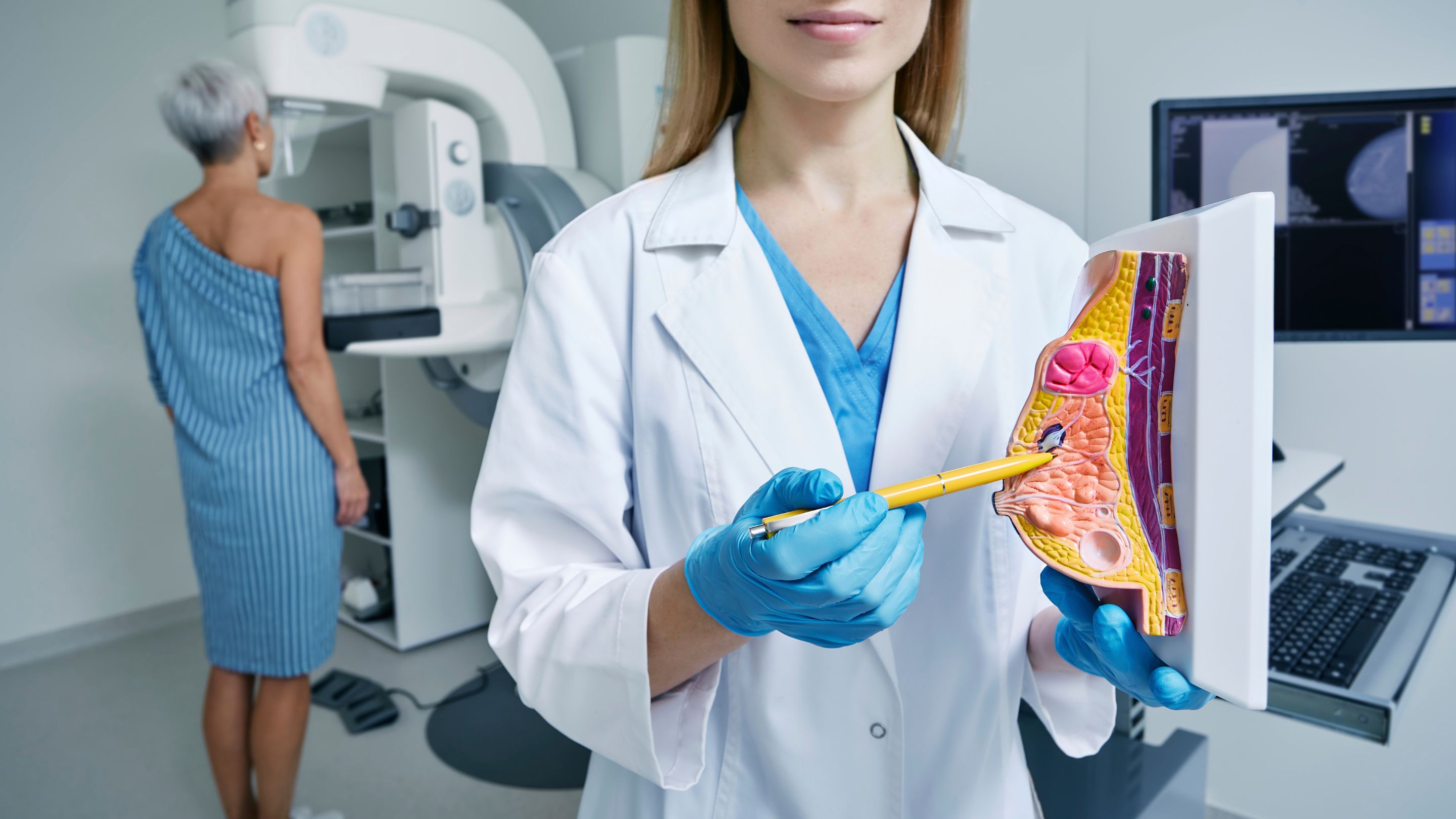 Competency covered in this module:
Competency covered in this module: Basic Science/Mechanisms of Disease: Anatomy
-
Module 1: Lesson 1: Anatomy of the Breast
Learning Objective:
Upon completion of this lesson, you will be able to:- Describe the gross and histologic anatomy of the breast.
4 URLs, 1 SCORM package -
Module 2: Physiology of the Breast
 Competency
covered in this module:
Competency
covered in this module: Basic Science/Mechanisms of Disease: Physiology
-
Module 2: Lesson 1: Physiology of the Breast
Learning Objectives:
Upon completion of this lesson, you will be able to:- Describe the major physiologic changes that occur to the breast during pregnancy.
- Describe the physiologic changes that occur at time of puberty and menopause.
3 URLs, 1 Forum, 1 Quiz, 1 SCORM package - Describe the major physiologic changes that occur to the breast during pregnancy.
-
Module 3: Benign Disorders of the Breast
 Competency
covered in this module:
Competency
covered in this module: - Benign Disorders of the Breast
-
Module 3: Lesson 1: Benign Disorders of the Breast
Learning Objectives:
Upon completion of this lesson, you will be able to:- Describe the clinical history and the principal pathophysiologic conditions that affect the breast such as the following: (a) Breast mass, (b) Nipple discharge, (c) Pain, (d) Infection (mastitis), (e) Asymmetry, (f) Excessive size, and (g) Underdevelopment.
- Perform a focussed physical examination to evaluate for an abnormality of the breast.
Click here to start this lesson16 URLs, 1 Forum, 1 Quiz, 1 SCORM package -
Module 4: Routine Screening for Selected Diseases of the Breast
Click here for the brief module introduction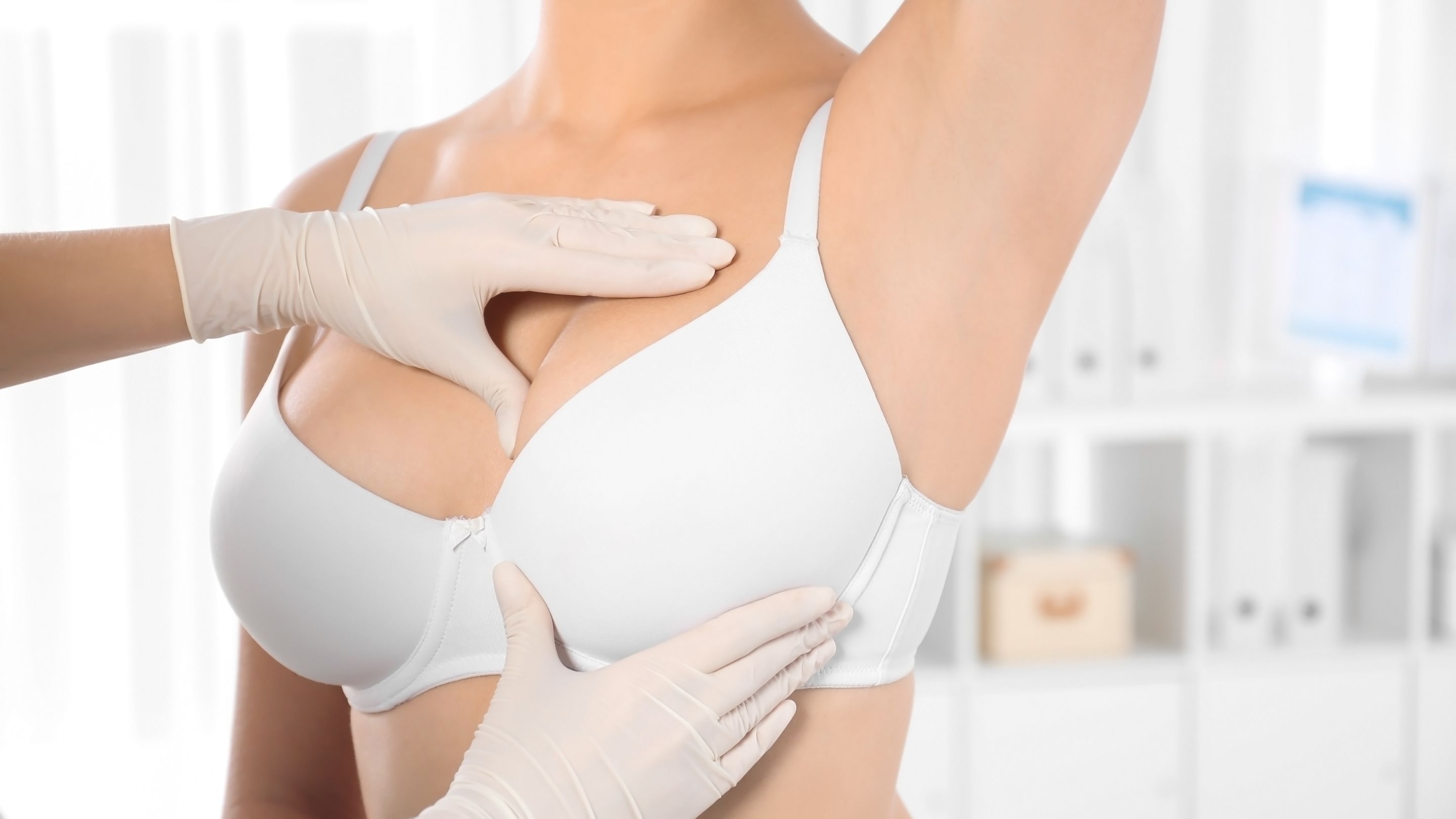 Competency
covered in this module:
Competency
covered in this module: Routine Screening for Selected Diseases
-
Module 4: Lesson 1: Routine Screening for Selected Diseases of the Breast
Learning Objective:
Upon completion of this lesson, you will be able to:- Evaluate and manage breast disorders such as the following: (1) Mastitis, (2) Galactorrhea, (3) Mastodynia, and (4) Breast Masses.
Click here to start this lesson3 URLs, 1 Forum, 1 Quiz, 1 SCORM package -
Module 5: Epidemiology and Risk Assessment for Breast Cancer
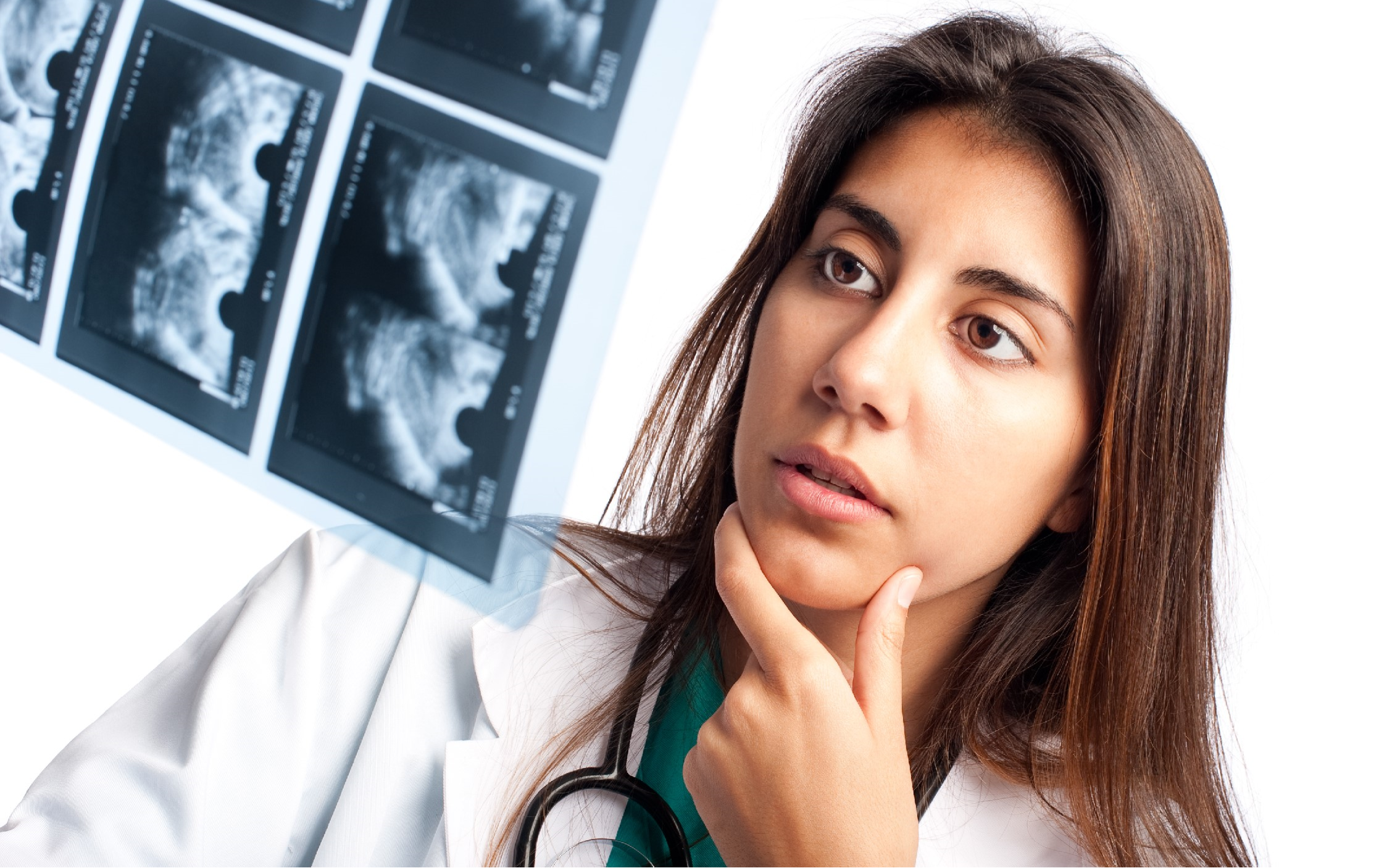 Competency covered in this module:
Competency covered in this module: Epidemiology and Risk Assessment for Breast Cancer
-
Module 5: Lesson 1: Epidemiology and Risk Assessment for Breast Cancer
Click here to start this lessonLearning Objectives:
Upon completion of this lesson, you will be able to:- Evaluate a patient's personal and family history of breast cancer, including the risk associated with BRCA1 and BRCA2.
- Evaluate other epidemiologic factors to assess a woman's risk of developing breast cancer, such as the following: (a) Patient age, (b) Parity, (c) Ethnicity, (d) Lactation, (e) Hormone replacement, (f) Alcohol consumption, and (g) Tobacco consumption.
- Counsel patients regarding breast cancer prevention strategies.
- Counsel patients regarding the use of screening methods, such as mammography.
- Refer patients appropriately for genetic counseling and testing.
15 URLs, 1 Forum, 1 Quiz, 1 SCORM package -
Module 6: Basic Mechanisms of Genetic Inheritance
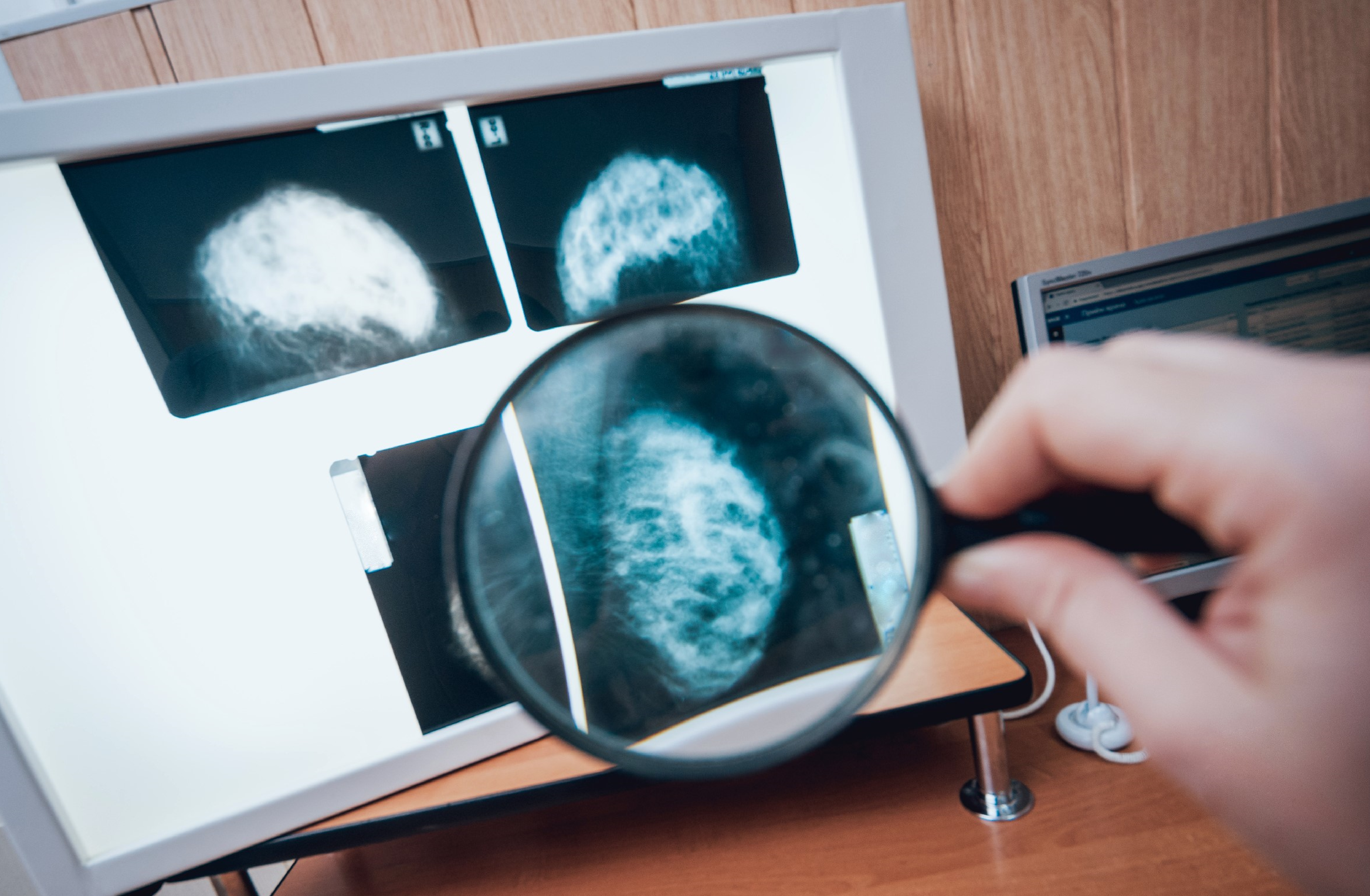 Competency covered in this module:
Competency covered in this module: Basic Mechanisms of Genetic Inheritance
-
Module 6: Lesson 1: Basic Mechanisms of Genetic Inheritance
Learning Objectives:
Upon completion of this lesson, you will be able to:- Describe the inheritance patterns for malignancies of the breast.
- Describe the current indications for screening for BRCA1 and BRCA2.
4 URLs, 1 Forum, 1 Quiz, 1 SCORM package -
Module 7: Diagnosis of Invasive Carcinoma of the Breast
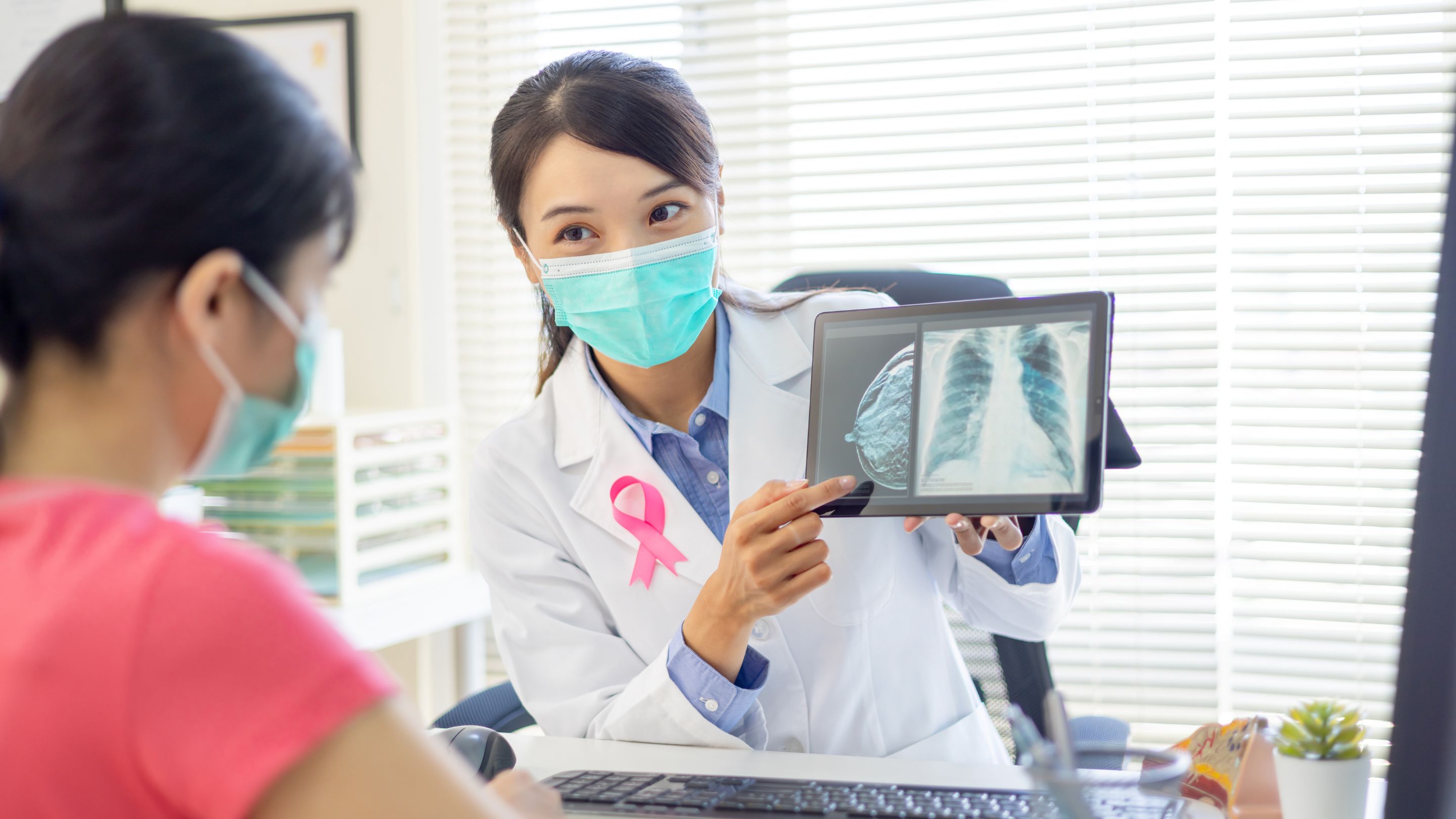 Competency
covered in this module:
Competency
covered in this module: Diagnosis of Invasive Carcinoma of the Breast
-
Module 7: Lesson 1: Diagnosis of Invasive Carcinoma of the Breast
Learning Objectives:
Upon completion of this lesson, you will be able to:- Explain to the patient the appropriate diagnostic tests for evaluating a suspicious breast lesion.
- Describe the indications for other diagnostic studies, such as the following: (a) Mammography, (b) Ultrasonography, (c) Magnetic resonance imaging, (d) Core-needle biopsy, and (e) Excisional biopsy.
6 URLs, 1 Quiz, 1 SCORM package, 1 Forum -
Course and Self Evaluation & Certificate
 In this section, you can provide feedback about this course to help us make NextGenU.org better. Once evaluations are completed, you will be able to download your certificate of completion.
In this section, you can provide feedback about this course to help us make NextGenU.org better. Once evaluations are completed, you will be able to download your certificate of completion.


